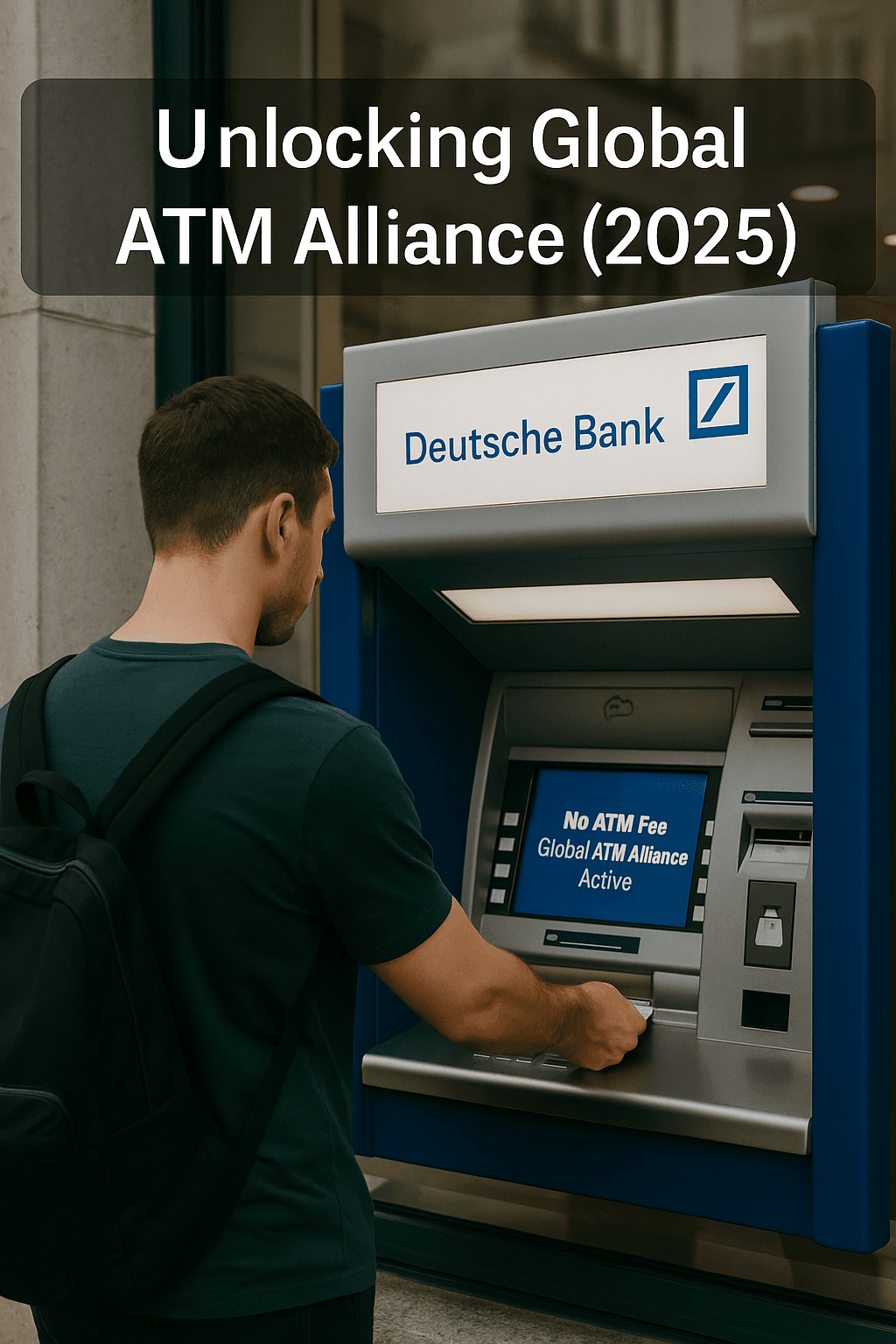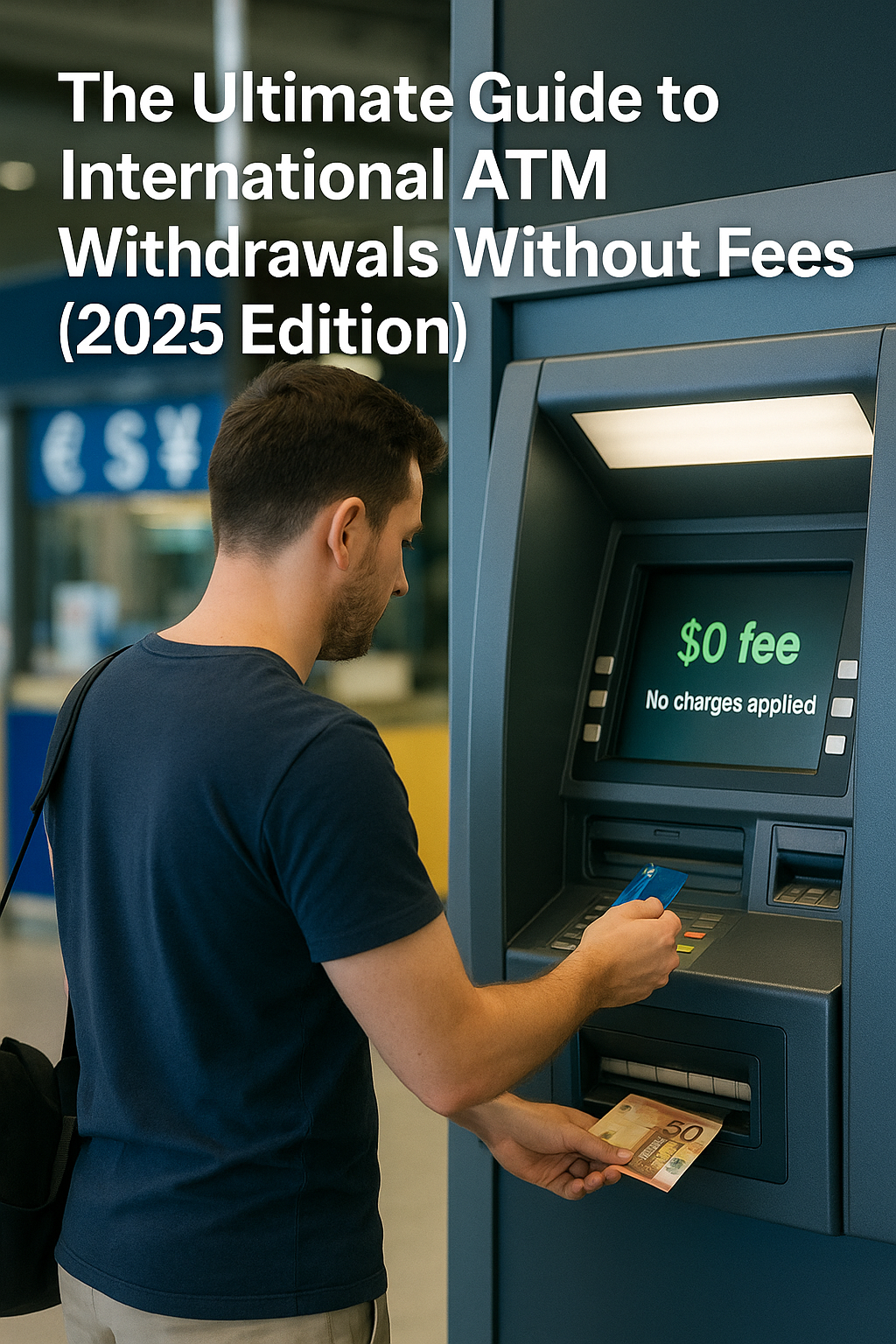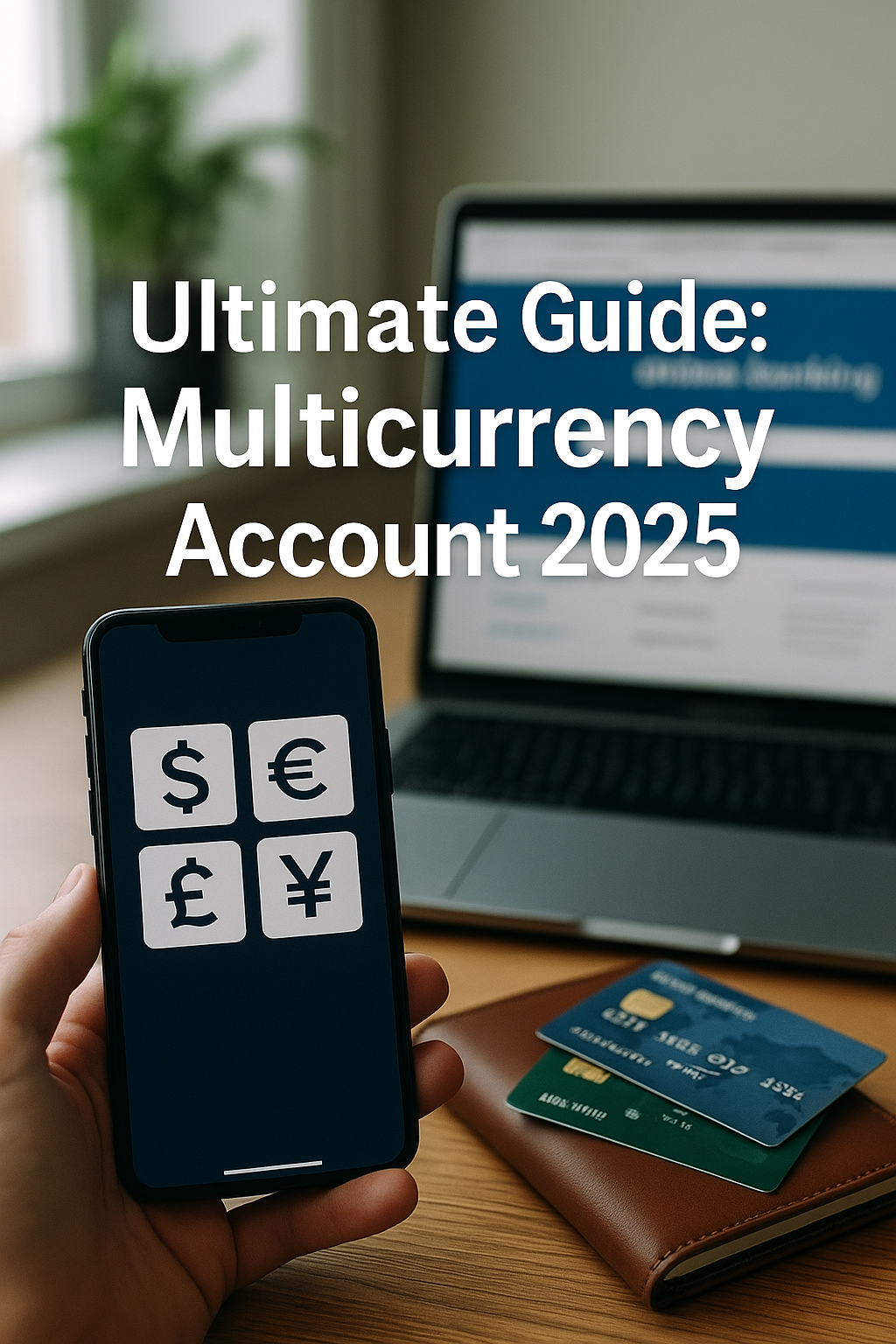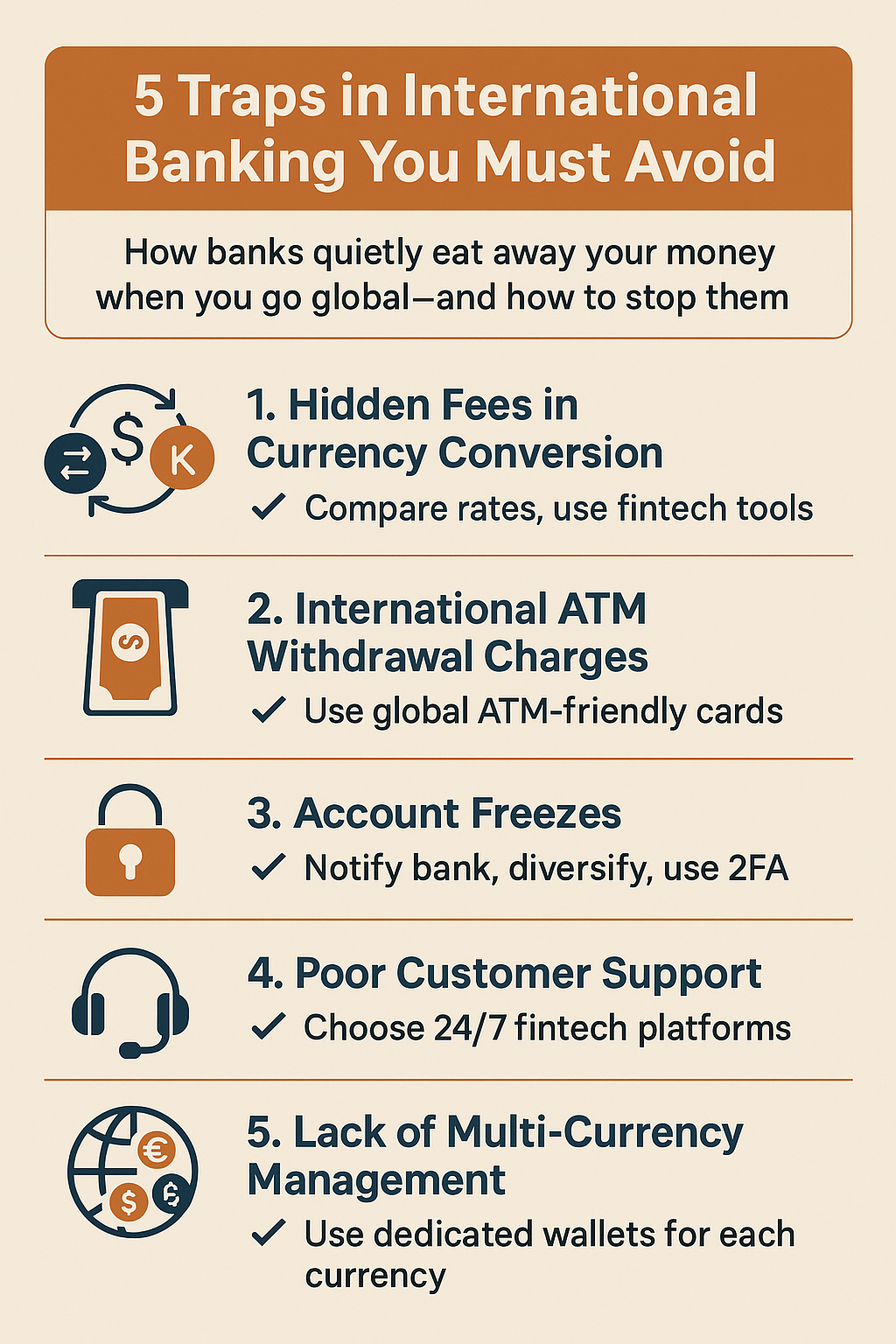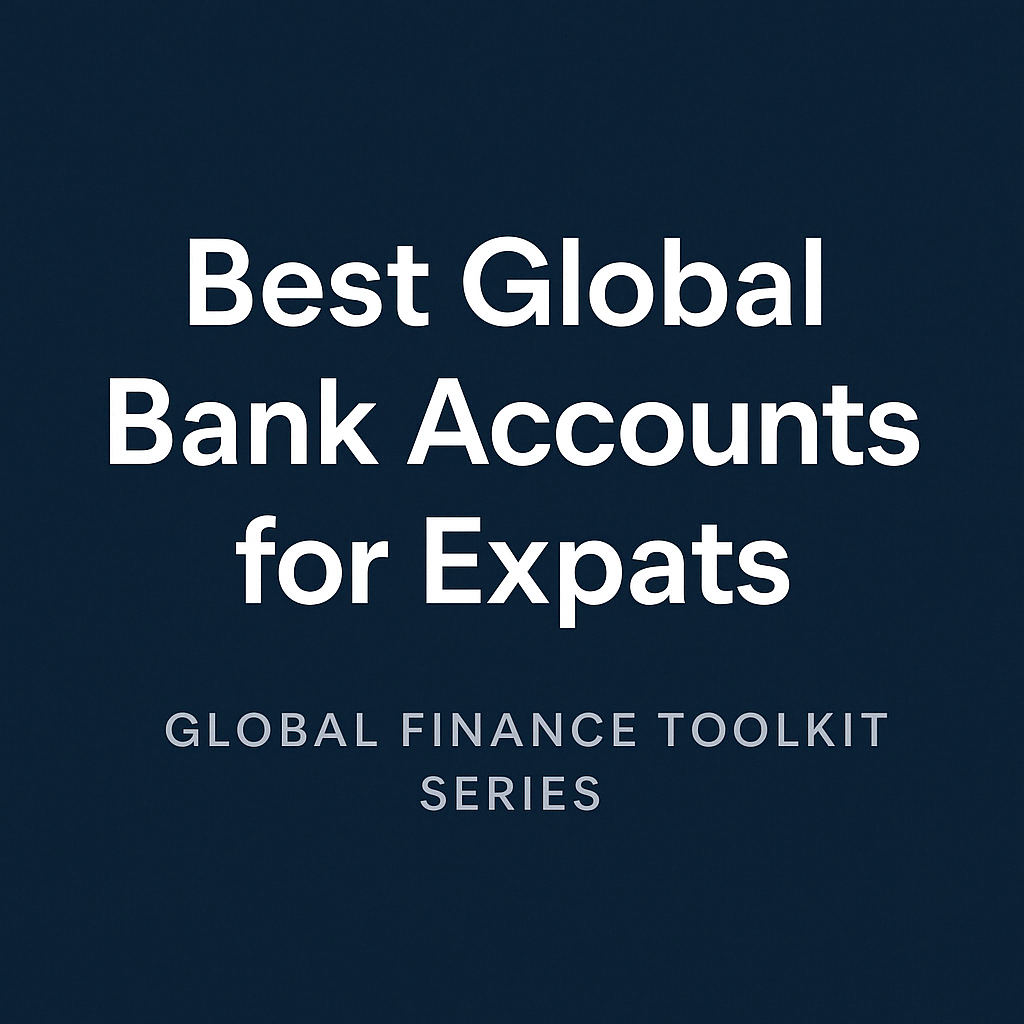Need to send money internationally, hold multiple currencies, or pay like a local while traveling?
The old way meant standing in long lines at a physical bank, filling out paperwork, and paying high fees.
But in 2025, you can create a fully functional international bank account — completely free — in just 15 minutes from your phone.
Here’s how.
1. What Is an International Digital Bank Account?
An international digital account lets you:
- Hold multiple currencies (USD, EUR, GBP, etc.)
- Send/receive money globally
- Get bank details in different countries
- Use virtual or physical debit cards
- Avoid high exchange or transfer fees
Best of all, you don’t need to be a resident of that country.
2. The Top Free Options in 2025
Wise (Multi-Currency Account)
- Local bank details in US, UK, EU, Australia, and more
- Hold 50+ currencies
- Real exchange rates
- Instant transfers
- Works in 160+ countries
Ideal for: digital nomads, freelancers, expats, remote workers
Revolut
- Multi-currency wallet + debit card
- In-app budgeting, analytics, and crypto features
- Free up to a certain monthly exchange limit
- Premium plans available but not required
Ideal for: travelers, online shoppers, EU/UK-based users
Payoneer
- Global receiving accounts (USD, EUR, GBP, JPY)
- Get paid from platforms like Upwork, Amazon, Airbnb
- Withdraw to your local bank in local currency
- Excellent for freelancers and global sellers
Ideal for: business payments, global e-commerce
3. How to Open One (Step-by-Step)
Here’s a general guide using Wise as an example:
- Download the Wise app (or visit wise.com)
- Click “Create Account”
- Choose “Personal” or “Business”
- Verify your identity (upload passport or ID)
- Add your local address (doesn’t need to be in US/UK)
- Add a small deposit (if needed for verification)
- Done! You now have local account numbers in multiple countries
Total time: 10–15 minutes
No monthly fees, no hidden charges.
4. Why This Matters in Real Life
Let’s say you:
- Travel often and want the best exchange rates
- Freelance for international clients
- Shop from foreign websites
- Send money to family abroad
Traditional banks will charge you high fees and bad rates.
These digital accounts let you avoid fees, save time, and manage money smarter.
5. Safety & Regulation
These platforms are regulated financial institutions:
- Wise: FCA (UK), FinCEN (US), ASIC (Australia)
- Revolut: EU/UK licensed e-money institution
- Payoneer: Registered MSB in US + licensed globally
Your funds are stored in segregated accounts and protected under financial regulations.
Conclusion: Go Global, Stay Free
In less than 15 minutes, you can unlock a world of financial freedom.
No paperwork. No waiting. No outrageous fees.
Whether you’re a traveler, student, entrepreneur, or remote worker, a free international bank account is one of the smartest money moves you can make in 2025.
Start now — and manage your money globally like a pro.

